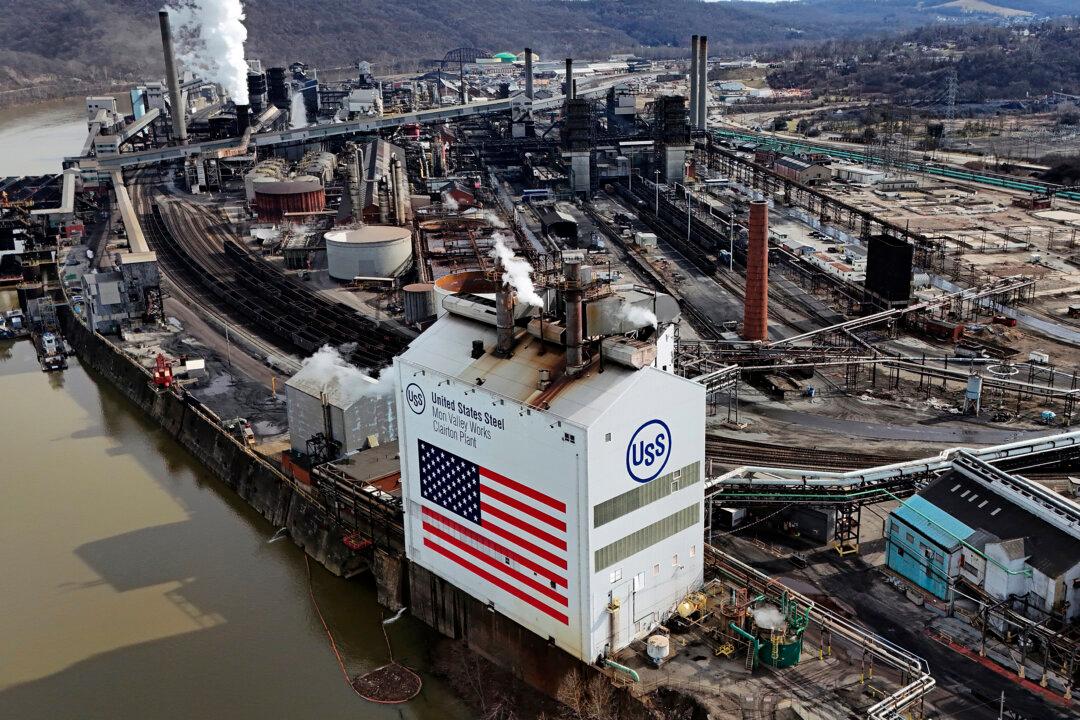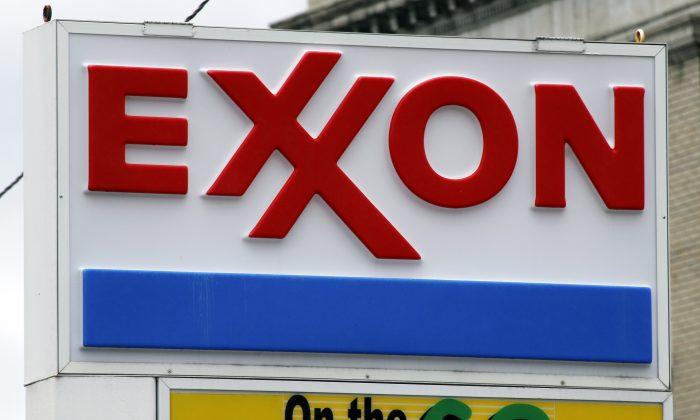Shares in U.S. Steel Corp. were up slightly in after-hours trading on May 1 as the iconic Pittsburgh-based steel producer moved closer to its $14.9 billion acquisition by Japan’s Nippon Steel.
After posting a net loss of $116 million for the first quarter, U.S. Steel did not hold a quarterly conference call with Wall Street analysts, citing its “pending transaction” with Nippon after renewed backing from the Trump administration for the blockbuster cross-Atlantic deal, first announced in late 2023.
In early January, former President Joe Biden issued an executive order blocking the Nippon deal, stating that it posed a threat to U.S. national security. In response, Nippon and U.S. Steel filed a joint federal lawsuit in the U.S. Court of Appeals for the District of Columbia, arguing that the Biden administration had violated due process and failed to properly review the deal.
“We remain confident that our partnership with Nippon Steel is the best deal for American steel, American jobs, American communities and American supply chains,” the U.S. Steel board stated.
“With Nippon Steel, U. S. Steel remains an American company and its headquarters will stay in Pittsburgh, its iconic name will not change, and its products will remain mined, melted and made in America.”
According to the acquisition agreement, if regulators block the deal or Nippon withdraws, it must pay the American steel producer a $565 million break-up fee.
J.P. Morgan analyst Bill Peterson told The Epoch Times that Wall Street can’t get a good read on the company’s operations and first-quarter results because of its communications blackout.
“We’ll want to see progress on Big River 2 ramp-up, albeit commentary will be limited with a [news] release only given the pending Nippon deal,” said Peterson, who reiterated a “neutral” rating and lowered U.S. Steel’s yearly price target from $43 to $38 on April 16.
In a statement highlighting the first-quarter results, U.S. Steel CEO David Burritt said the company recorded its highest number of shipments from its Big River Steel 2 (BR2) facility in northeast Arkansas, which is ramping toward full capacity later this year. He said the company now expects second-quarter earnings to be between $375 million and $425 million, largely due to BR2 sales and higher steel prices.
“We are pleased to see shipments from BR2 continue to rise, with customers praising product quality, especially related to our industry-leading ultra-light gauge hot roll, a first in North America, including for the U.S. commercial construction industry,” he said.
If U.S. regulators approve the U.S. Steel deal, Nippon has said it will close the company’s older mills and shift most of its U.S. production to northeast Arkansas, where U.S. Steel operates the mammoth Big River Steel complex on a 1,400-acre site near the Mississippi River.
In the first quarter, Burritt said the company’s $4 billion Big River 2 facility is expected to boost earnings in the second half of 2025 and 2026. The new mini mill will have an annual capacity of 3 million metric tons of steel and specialize in light and wide gauge steel products primarily for the U.S. and European automotive industry.
U.S. steel prices have spiked nearly 32 percent since January, reaching as high as $960 per ton in March due to higher domestic demand and tariffs. However, the price of hot-rolled coil averaged $865 per ton in April, down slightly from $901 per ton in the previous month.







